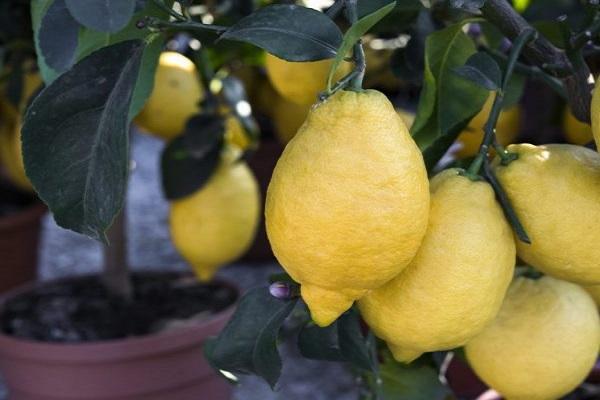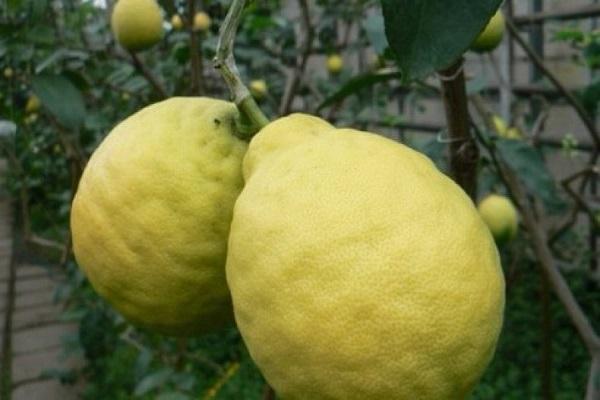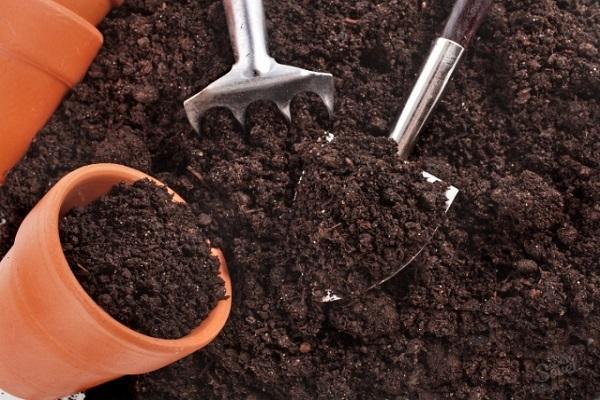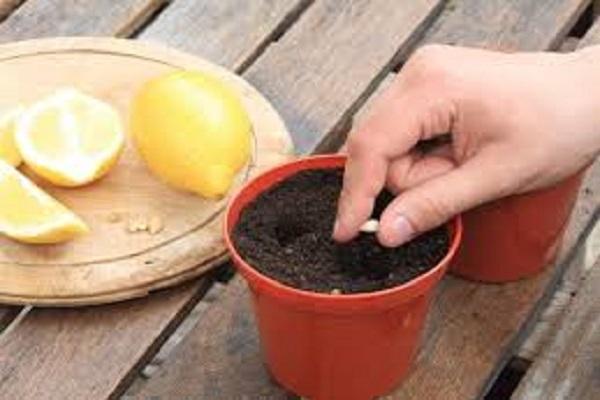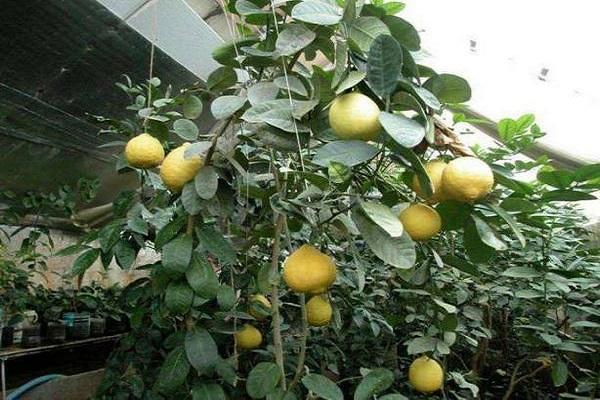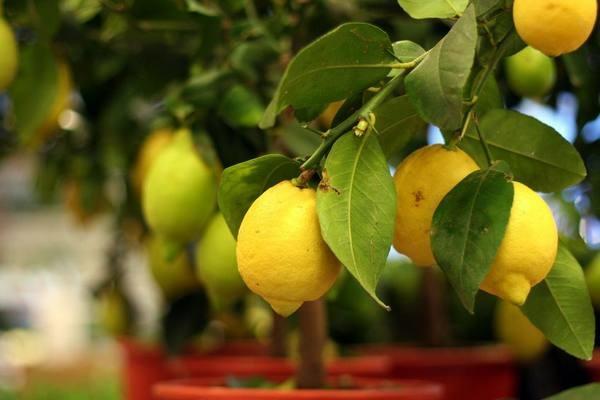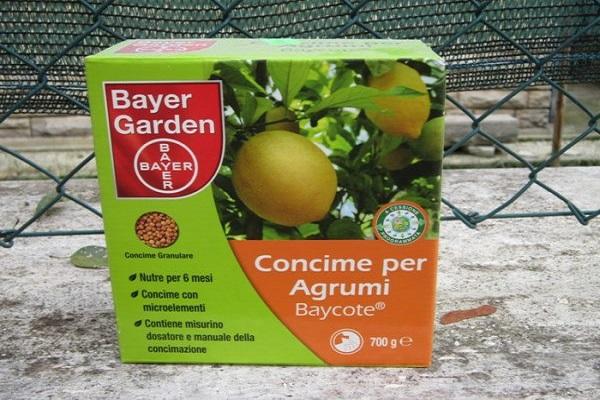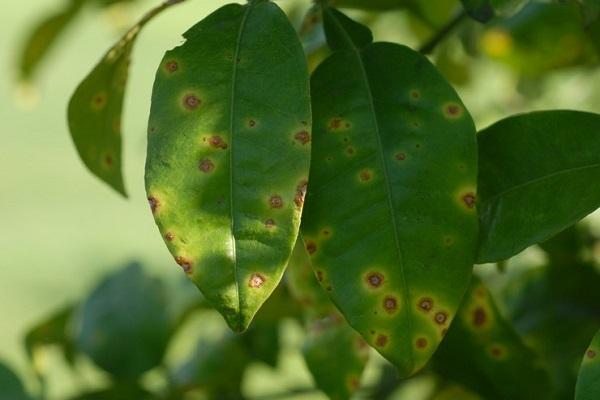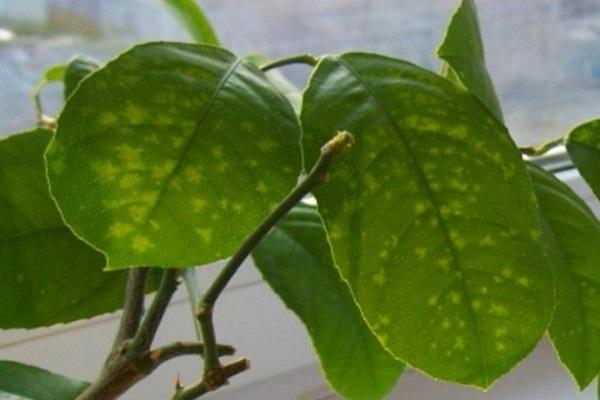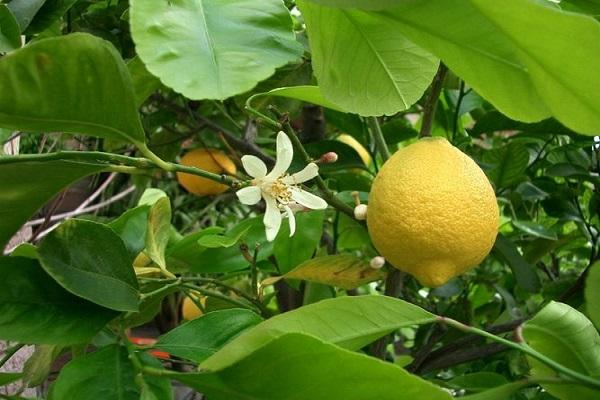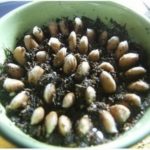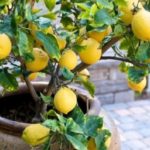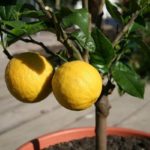Citrus plants look very attractive because they have shiny leaves. When the tree blooms, a unique aroma appears in the room. The substances present in New Zealand lemon disinfect the air, fill it with ozone, relieve fatigue in a person, and restore efficiency. The tree takes root at home and pleases with large fruits.
- Description and characteristics of the New Zealand variety
- Advantages and disadvantages
- Growing Lemon
- Planting material
- Soil requirements
- Capacity
- Planting process
- Features of plant care
- Temperature and humidity
- Crown formation
- Watering
- Top dressing
- Protection from diseases and pests
- Lemon propagation at home
- Mistakes when growing lemons
- Collection and storage
Description and characteristics of the New Zealand variety
In the subtropics, lemon grows up to 4 meters in height and tolerates temperatures as low as -5 °C. The tree has a wide crown of dark green color. The edges of large oval leaves become pointed at the end. The New Zealand variety was obtained by crossing two subtropical crops - lemon and citron.
All parts of the plant have a unique aroma. Elegant buds are replaced by flowers reaching a diameter of 60 mm. They have a purple tint on the outside and are white on the inside. There are many large spines on the leaves.
The fruits are different:
- oval shape;
- thick skin with tubercles;
- there is a nipple at the end;
- loose and juicy pulp.
An orange or yellow lemon weighs 600–700 grams, has a sour taste and a weak aroma.
Advantages and disadvantages
The New Zealand variety takes root well in other environments, tolerates lack of light, withstands low temperatures, and has decorative properties. The main advantage of the variety is the large size of the fruit.
Growing Lemon
In order for an evergreen tree to please both with its beauty and fruit harvest, you need to create optimal conditions for it, feed it, ventilate it, and water it.
Planting material
You can grow a lemon from a seed, but you will have to wait at least 10 years for fruits until magnesium, nitrogen, and moisture accumulate in all leaf blades. Nutrients travel through the stems to the roots and circulate inside the tree.
The seed plant produces new shoots every year, and it takes a long time for all the plates to be filled with minerals.
To speed up the appearance of fruits, you need to buy a 3-year-old seedling grafted onto any citrus plant.You should not buy a tree whose leaves are unevenly colored, covered with spots, and whose roots are not covered with soil. Lemon is grafted at a height of at least 10 cm.
Soil requirements
Citrus crops develop well in light soil enriched with organic matter and minerals. For planting lemons, special soil, a substrate for indoor flowers, or soil prepared:
- from humus;
- coarse sand;
- leaf soil;
- charcoal.
The culture does not tolerate stagnant water. Requires loose soil with acidity not exceeding 7.0 pH.
Capacity
Plant the tree in a ceramic or clay pot that does not retain moisture. Expanded clay, foam crumbs or small pebbles are poured onto the bottom.
Planting process
In a container filled to the top with soil, the tree is placed vertically, the root collar is buried by 50 mm, and covered with earth, which is compared with the level of the soil in the pot. The lemon is sprayed with warm water and watered with a solution of potassium permanganate. The seedling is covered with a jar, which is removed when it grows to 20 cm.
The container is placed on a south or east window and rotated periodically so that the crown is evenly illuminated by the sun's rays.
Features of plant care
New Zealand lemon requires the creation of certain conditions, only then the tree will begin to develop and grow.
Temperature and humidity
In the house, the subtropical culture feels comfortable not at 30 ° C, but at 17–18. In the spring, when buds appear on the lemon, so that they do not fall off, the temperature should not drop to 13–14, but should not be higher than 18 degrees.
In summer, it is better to take the pot with the plant out into the yard, where there is fresh air, but at night it must be covered so that the seedling does not freeze. If in July the optimal temperature for a tree is 22–23 ° C, then in winter it is 13 or 14.
Crown formation
To give the New Zealand lemon a decorative appearance and remove excess and dried shoots, pruning is carried out. The spreading branches of a small tree are shortened, which makes it possible to obtain a compact crown.
On a citrus plant older than a year, pinch off the side shoots, leaving up to 4 leaves on each. Thanks to this procedure, the tree will quickly grow stronger and be able to hold large fruits.
It is necessary to regularly remove dried branches and cut out those growing inwards..
Watering
With excess or lack of moisture, New Zealand lemon disappears. From May until the beginning of autumn, the tree is irrigated daily with settled water, but watering begins when the soil at the roots dries out. During the cold season, the plant is moistened twice a week and sprayed with boiling water cooled to room temperature from a spray bottle.
Top dressing
New Zealand lemon seedlings are fertilized every 2 months. Fruit-bearing trees in summer need additional nutrients; during the growing season, plants are fed once every 15–20 days, and in winter they do not apply fertilizers. The supply of minerals is replenished with ready-made complexes for flowers. Citrus crops must be fed with organic matter; to do this, manure is mixed in water and ash is added. The infusion of birch leaves is kept for three days and the tree is watered.
Protection from diseases and pests
If lemons are not properly cared for, pathogenic fungi are activated and parasites appear. The tree suffers from root rot, which occurs when there is excess moisture. To prevent the plant from dying, it is transplanted into another pot, which is filled with new soil. The container is placed on a window illuminated by the sun; the lemon is not irrigated for up to 7 days.
The tree may disappear due to disease:
- Citrus canker, when the leaves become covered with brown spots, deforms the fruit.
- Gomoz. When affected by the disease, sticky liquid is released from cracks formed on the branches and trunk.
- Scabby. Growths and yellow spots appear on the leaves, which quickly spread to other parts of the plant.
To prevent citrus cancer, which cannot be cured, in the spring the crown of the tree is treated with preparations containing copper and a fungicide.
To cope with homosis, the diseased bark is cut off and the cracks are sealed with garden varnish.
Branches infected with scab are removed, and the lemon is sprayed with Bordeaux mixture.
The citrus plant attracts scale insects. The insect attaches itself to the bottom of the leaves and drinks the juice. To cope with the parasite, the crown is treated with insecticides or washed with garlic water.
If the room where the lemon grows is too dry, spider mites become active. They get rid of the pest by watering the crown with boric acid.
Lemon propagation at home
You can grow a citrus tree in an apartment from seeds, air layering, or by grafting. The most effective way to grow fruit-bearing lemons is cuttings. The shoot is cut with disinfected pruning shears or a heated knife so that 4 leaves remain and placed in a growth stimulator. The branch is planted in a pot, covered with plastic, watered regularly, and it will sprout a root.
Mistakes when growing lemons
Beginning flower growers often complain that the purchased tree does not develop well. This often happens when the root collar is placed too deep.
Sometimes the seedling is immediately sent into a large pot, but this cannot be done, the lemon will not grow well.
Abundant and frequent watering of the tree provokes stagnation of water; with insufficient moisture, the roots dry out.
Many people feel sorry for picking off flowers that appear ahead of time, which risks not only weakening the lemon, but also its death.
Collection and storage
The first fruits on a tree growing in the house do not form soon, ripening from November to January. You need to pick ripe fruits. Lemons will last 10 days in room conditions, and more than 2 months in the refrigerator. Place the fruits in a glass dish, plastic container or snap bag.

